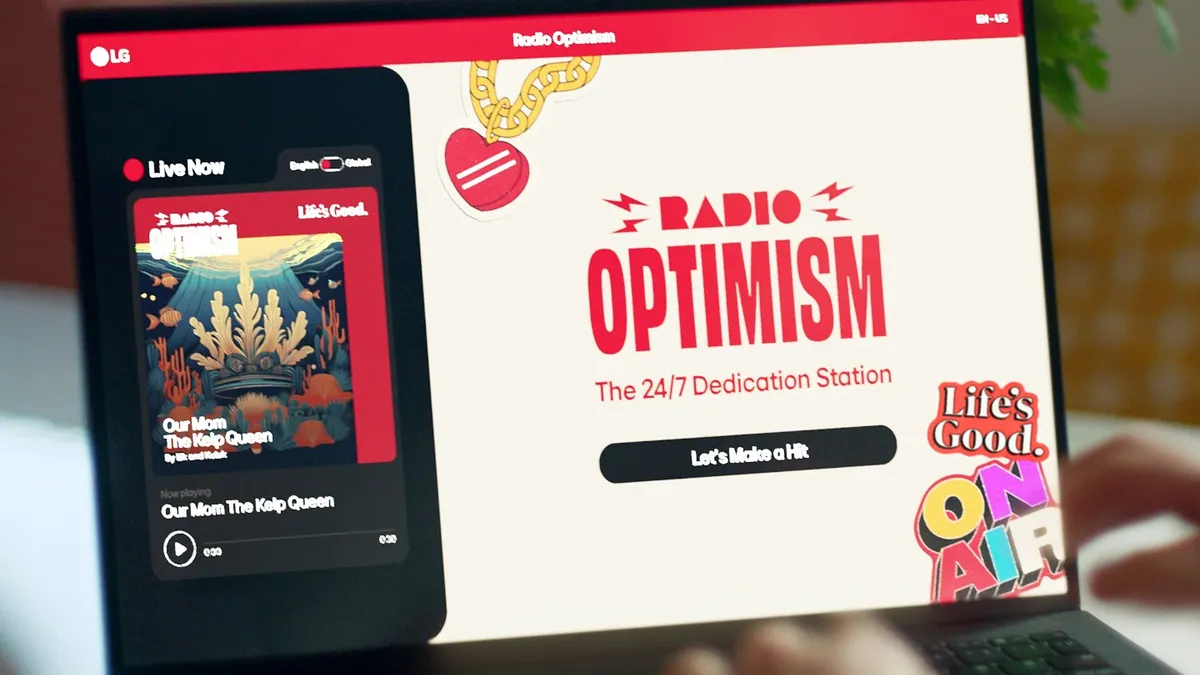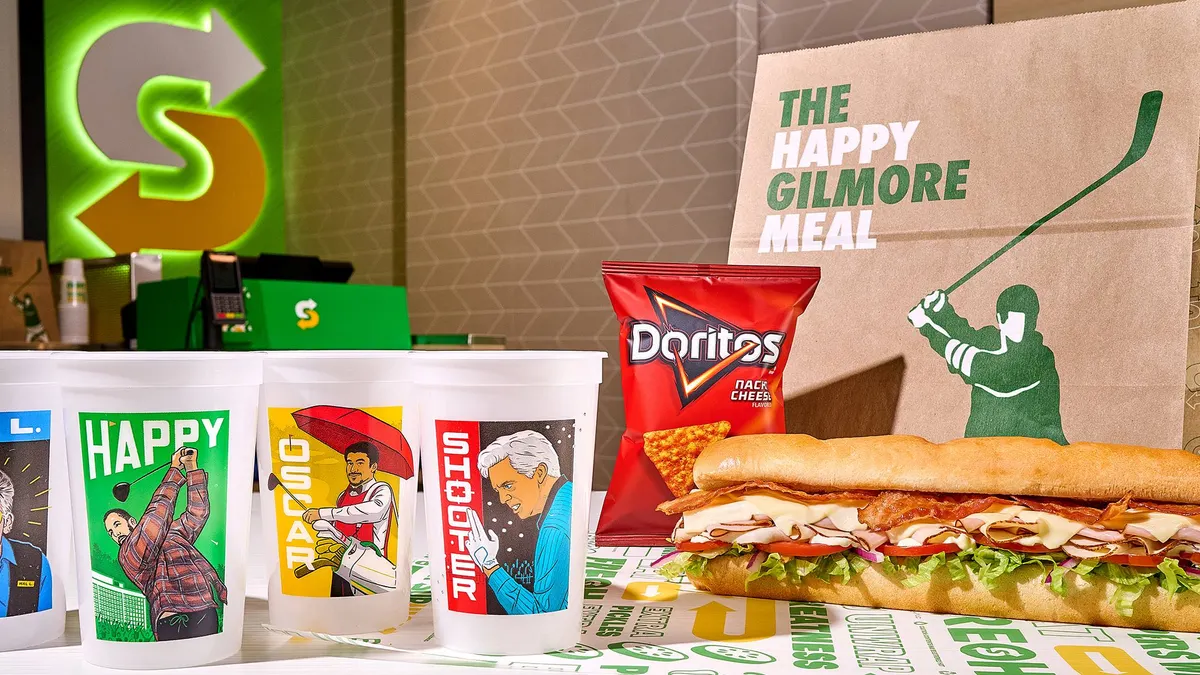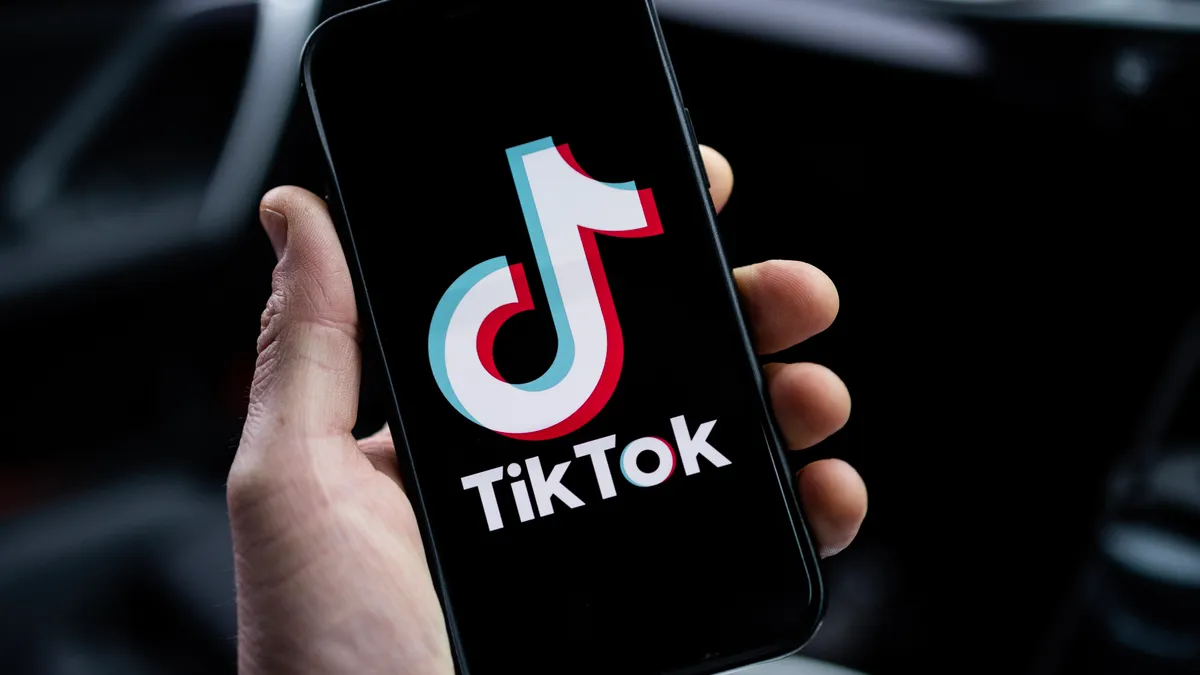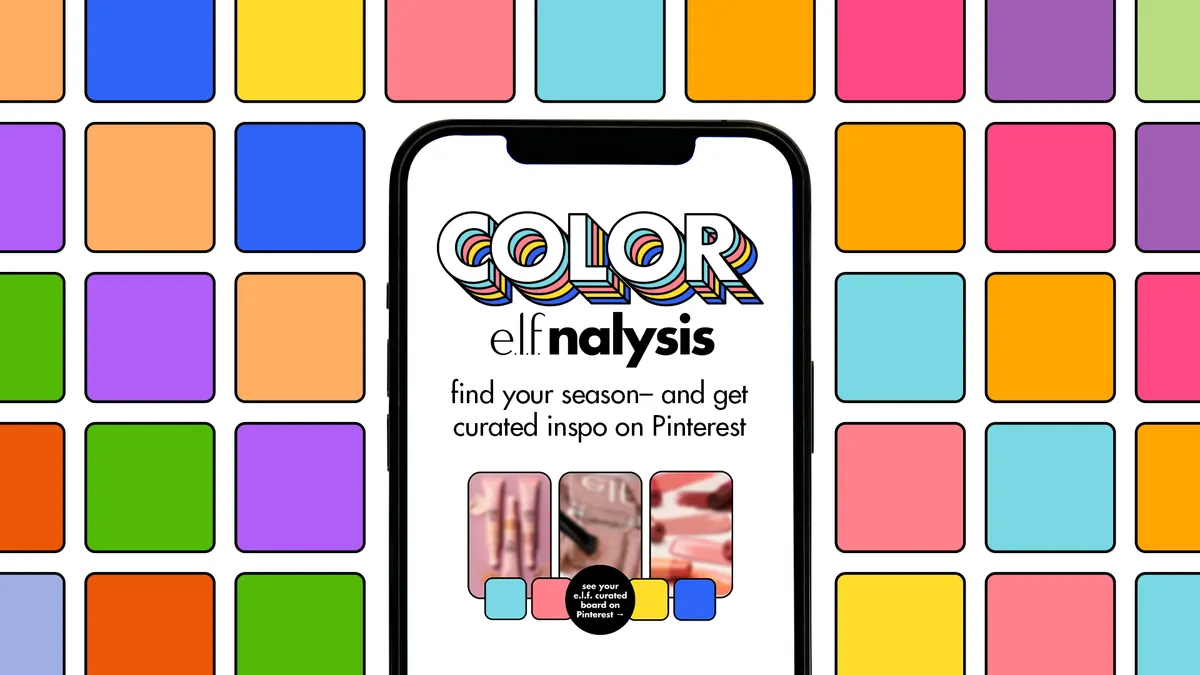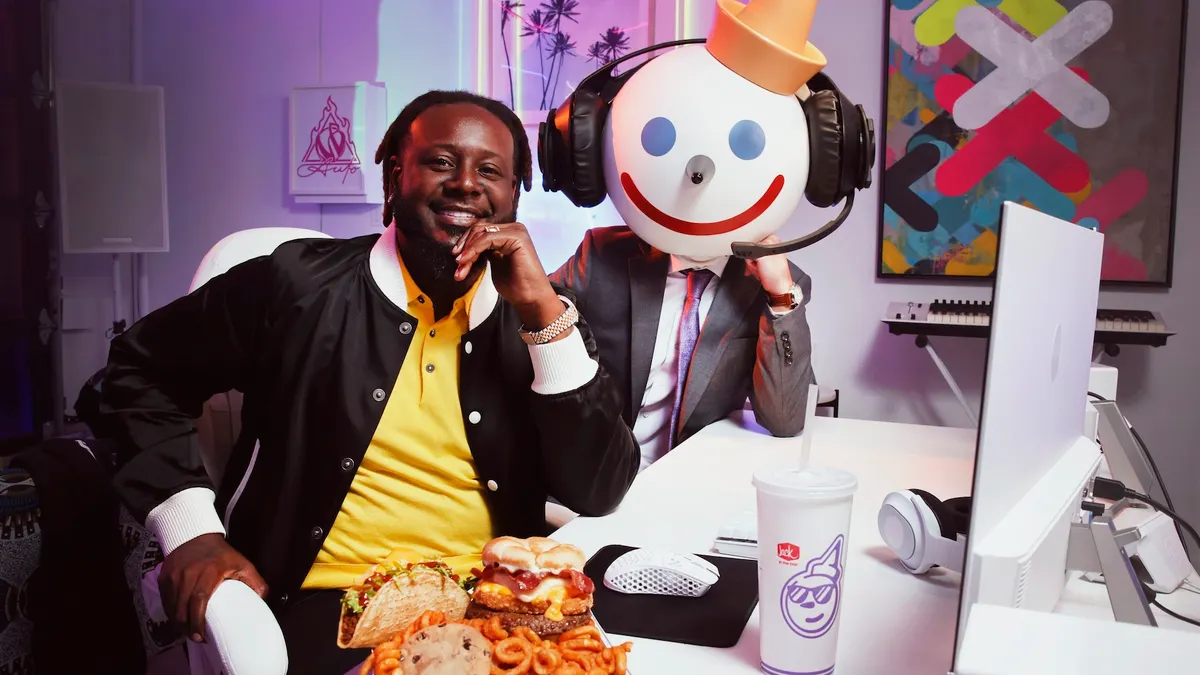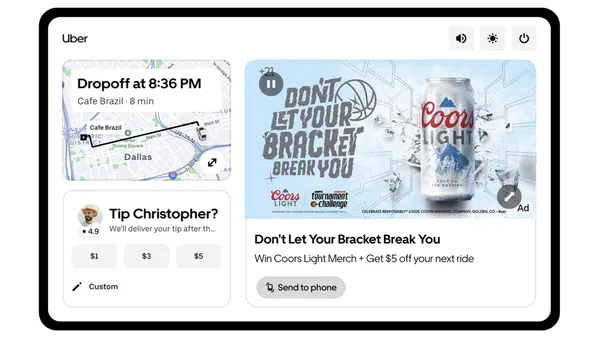NEW YORK — In the roughly two years since its founding, Hubble Contacts has successfully grabbed a considerable share of the daily disposable contact lens market, in large part thanks to a direct-to-consumer (DTC) sales and marketing model and a lower price point than traditional competitors.
"It's wildly exceeded our expectations and I kind of wait for it to fail every day," Co-Founder and Co-CEO Jesse Horwitz jokingly told a packed audience of marketers at the IAB's first Direct Brand Summit on Tuesday.
Success stories similar to Hubble's echoed throughout the first day of the conference, where upstart companies spanning underwear to acne cream shared strategies that have helped them shake up categories dominated by slower-to-adapt legacy players. Horwitz, in his talk, also laid out what he viewed as the important points of differentiation between traditional brands and their DTC challengers, and how the competitive narrative that's emerged between the two isn't always so clear-cut. He noted that many of the founders of notable DTC businesses, such as Harry's, Warby Parker and his own company, have backgrounds in finance and consulting, which has created a more performance-led approach than what's found on the typical brand building path.
At the same time, Horwitz noted that old guard advertisers remain gatekeepers in crucial areas for growth that DTC brands often don't have access to, suggesting there's potential for the two parties to meet somewhere in the middle. The analysis felt particularly salient at a show, not only crowded with DTC brands, but also executives from companies like Johnson & Johnson and L'Oréal. Hubble, for its part, received a minority investment from Colgate-Palmolive this summer.
"If marketing were the only part of this story, I think you'd have a really exciting narrative and a pretty dominant one for the digital direct brands," Horwitz said. "But that isn't the only part of the story.
"All of the advantages you gain as a digital direct brand on the marketing side, you kind of give up on the retail side," he added. "There's still no better business in the world than mass retail. There are so many efficiencies you gain stocking your product on the mass retail shelf."
Avoiding incineration
None of this is to downplay the significant marketing role DTC brands are taking on, having just been added to the Lumascape, which maps out key players across the internet advertising ecosystem. Terence Kajawa, the creator of the popular chart and the founder and CEO of Luma Partners, also recently presented a slide showing how 45 different Procter & Gamble brands are specifically under attack by DTC upstarts.
The starting point for the rise to prominence for these younger players, according to Horwitz, arrived roughly in the 2011-12 window with greater adoption of Facebook's mobile app, Instagram and native advertising units on those platforms. This shift especially pinched traditional marketers on the brand and agency side, who historically specialize in big, "kickass" campaigns, per Horwitz.
"If you have a $1 million marketing budget and you're putting that toward one creative, you have to be pretty insightful and have strong instincts honed over a long period of time," Horwitz said. "If you're making Facebook creative, it's just different — you're moving from creativity and insight to experimentation and measurement. It becomes a measurement exercise."
P&G's recent moves to pull back on its digital spend — the company admitted to over-targeting on Facebook in 2016 in what was seen as a fairly bold statement at the time — serve as a case study for how large legacy advertisers have struggled with the adjustment in scale, per Horwitz. He also presented the CPG's decision as a bit of a lose-lose situation.
"It's right in that, if you are just launching traditional brand dollars into a digital world, they're going to get incinerated" Horwitz said. "It's wrong in that, as important and impactful as the traditional offline channels [are] ... you can just look at a percentage of total impressions available and of total inventory available [there], it's gone from 90% 15 or 20 years ago to 50% and continuing to decline."
Breakneck pace
While DTC brands might have more flexibility when it comes digital and social marketing, these are still not easy businesses to be in, and ones that are only getting more crowded and mature. Comparatively older DTC brands, now recognized by consumers, increasingly need to leverage channels like Facebook and Instagram for goals beyond simply raising awareness. And despite Horwitz' comments on the declining dominance of traditional media, Hubble, like many DTC brands present at the IAB summit, is thinking more about TV as a means to extend reach beyond the limits of the paid social that laid its foundations.
"A lot of where the game has gone at this point is, it's not just enough to have the Facebook ad anymore to really drive anything in volume. It's what content are you connecting that to: is that going to an earned media piece ... a blog post, a quiz or a questionnaire?" Horwitz said.
"It's a direct response world now," he added later. "If you don't have a checkout to optimize to, you're starting so many steps behind."
Smaller teams and less of a reliance on conventional third parties like media AORs also mean that DTC marketers frequently wear more hats than the usual brand marketer. For Hubble, Horwitz and fellow founder and CEO Benjamin Cogan directly handle tasks such as media buying, including by communicating with partners through casual channels like Slack.
"That's as much as anything the new paradigm," Horwitz said of his media strategy. "We're looking at it on a daily basis, but more practically a weekly or monthly basis — who's deploying more dollars well?"
The demands of that work can be wearying and lead to a volatility that might make a traditional marketer's head spin.
"You look at both our partner mix within a channel, but then our media mix over the course of six to 12 months, and we've had it range enormously: we've had channels go from 0%, up to 40%, back down to 0%, back up to 20%," Horwitz said.
"Part of that's probably stupid, but at the very least we're watching it very closely and overreacting a lot," he added, appearing to be only half-joking.








